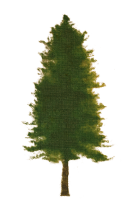
“I was the last to consent to the separation, but the separation having been made, and having become inevitable, I have always said that I would be the first to meet the friendship of the United States as an independent power.”
George III, in a June 1, 1785, letter to John Adams who was serving as the first US Ambassador to England
British and Loyalists Cast
Frederick North, prime minister of Great Britain from 1770 to 1782.
Thomas Gage, British army general officer and the colonial official responsible for enforcing the Coercive Acts.
Guy Carlton, the commander-in-chief notable for carrying out the promise of freedom to slaves who joined the British.
James Chalmers, settled in Chestertown, Maryland. In 1776, he authored a pamphlet entitled “Plain Truth”, a rebuke of Thomas Paine's “Common Sense”. He actively fought against the Colonialists.
Mariot Arbuthnot, British admiral who commanded the Royal Navy's North American station during the war.
King George III, king of Great Britain and Ireland from 1760 until his death in 1820.
William Howe, British army officer who rose to become commander-in-chief of British land forces in the Colonies.
John Butler led an irregular militia unit known as Butler's Rangers on the northern frontier in New York.
Joseph Brant or Thayendanegeawas, a Mohawk warrior and diplomat. He allied with the British.
John Burgoyne, commander-in-chief who surrendered his entire army of 6,200 men on October 17, 1777, near near Saratoga, New York.
Charles Townshend, a British politician who establishment of the controversial Townshend Acts to raise revenue for Great Britain and subjugate the Colonists to pay a fair share of taxes.
George Grenville, prime minister of Great Britain from 1763 to 1765. He introduced the Stamp Act to the colonies.
Jeremiah Thomas, a pilot, fisherman, was hanged and burned in Charleston, South Carolina, (1775) by the British governor for allegedly plotting an insurrection. He wasn’t. Rather, he along with several other blacks were wanting to help the British Navy.
Henry Clinton, British army officer and politician who sat in the House of Commons between 1772 and 1795. From 1778 to 1782 he was the British commander-in-chief in North America.
Charles Cornwallis, the commander-in-chief who surrendered to a combined American and French force at the Siege of Yorktown in 1781. This ended significant hostilities in North America.
John Malcolm, a British sea captain, army officer, and customs official who was the victim of the most publicized tarring and feathering in association with the Tea Act.
Francis Smith, British major general put in charge of the march to Lexington and Concord, Massachusetts, on April 19, 1775.


















